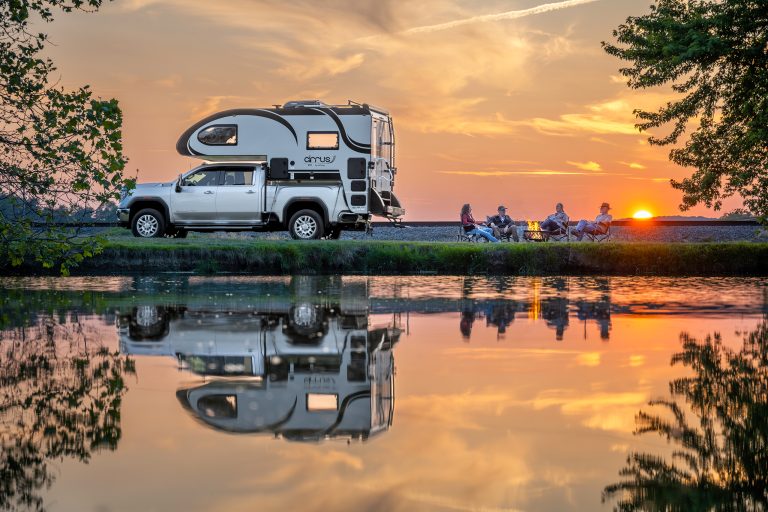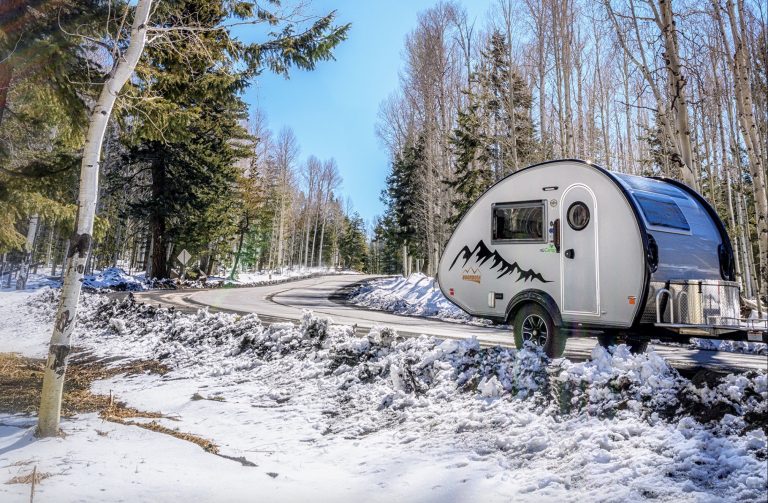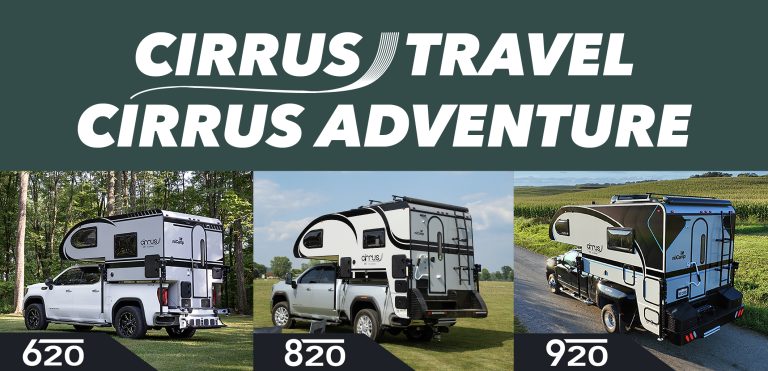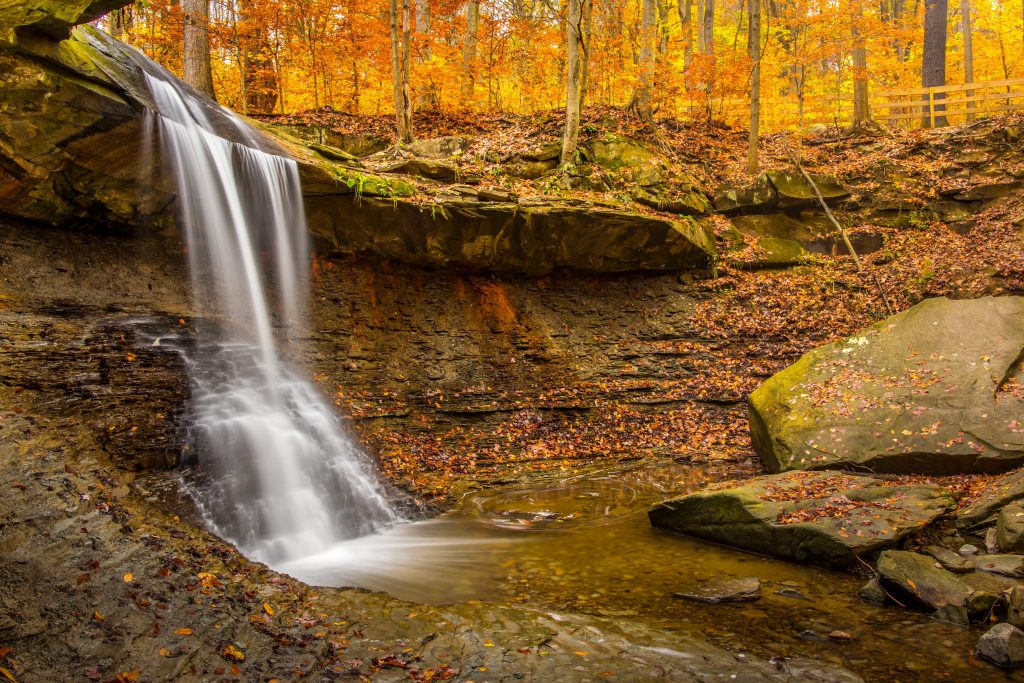When you think of the 63 U. S. national parks in the National Park System, you probably envision hundreds of thousands of acres full of forests and flowers, expansive lakes and rivers, and towering mountain ranges. And in most cases, you’d be right.
But not all national parks are super-sized. As a matter of fact, the following 10 sites located in the continental U.S. are at the other end of the spectrum, ranging from under 100 to less than 36,000 federal acres, according to the National Park Service Acreage Reports. But what these national parks lack in size is more than made up for by what they offer to visitors, proving the truth of the saying that good things come in small packages. Check out these national parks that, while small in scale, still have much to enjoy.
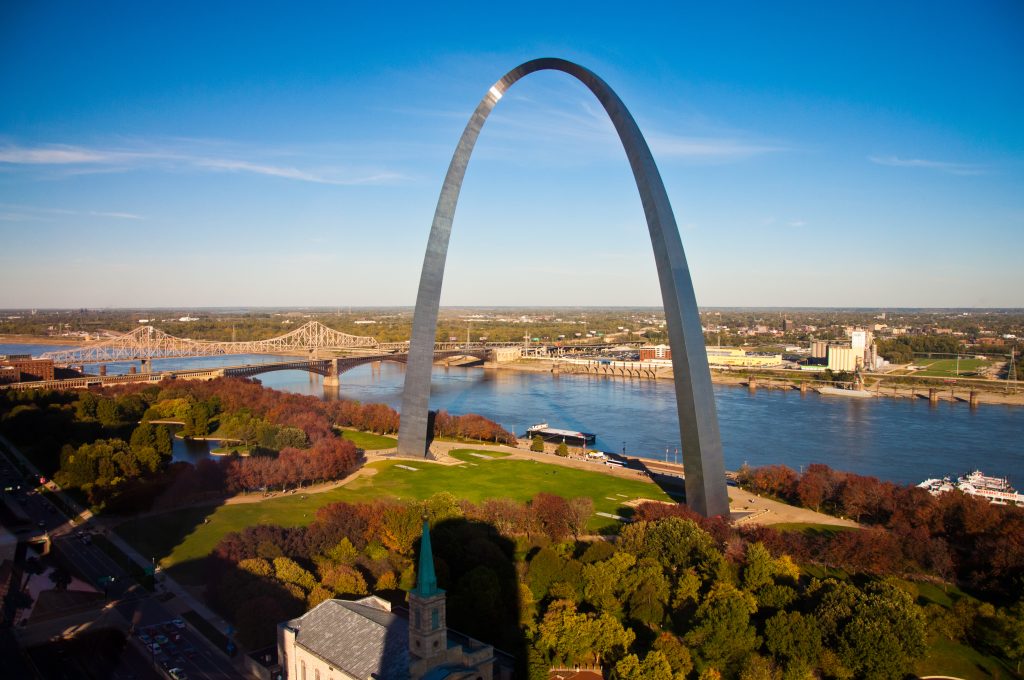
Gateway Arch National Park, MO
Federal Acres: 91
Located in downtown St. Louis, Gateway Arch is the smallest national park in the United States. It takes its name from the 630-foot soaring stainless-steel arch, which can be viewed from the ground or experienced with a ride to the top on the Arch’s unique tram system.
While it’s small in size, it has a surprisingly diverse range of urban-adapted wildlife. The landscape design includes monoculture-lined walking paths (allées), two Baldcypress circles, several Zen gardens, the Explorers’ Garden providing space for native pollinators, and a nearly three-acre native meadow. The historic Old Courthouse (currently closed for renovation) was the site of the first two Dred Scott trials as well as more than 300 other “freedom suits” including the right to vote suit brought by Virginia Minor in the 1870s.
Wolf Trap National Park For the Performing Arts, VA
Federal Acres: 130
Wolf Trap has the distinction of being the only national park dedicated to presenting the performing arts. It’s open to the public from sunrise to dusk every day with the exception of Thanksgiving Day, Christmas Day, and New Year’s Day, although there are restrictions during the May through September performance season.
While you’re there, stretch your legs on the two overlapping trails: the 1.5-mile Wolf Trap TRACK Trail and the 2.5-mile Wolf Trap Trail. The park also has Wolf Trap First Sunday Hikes and other free educational events each month. With about 65 acres of the Park’s land undeveloped, it is a refuge for wildlife and a living biology classroom for those who want to know more about the various species that call Wolf Trap home.
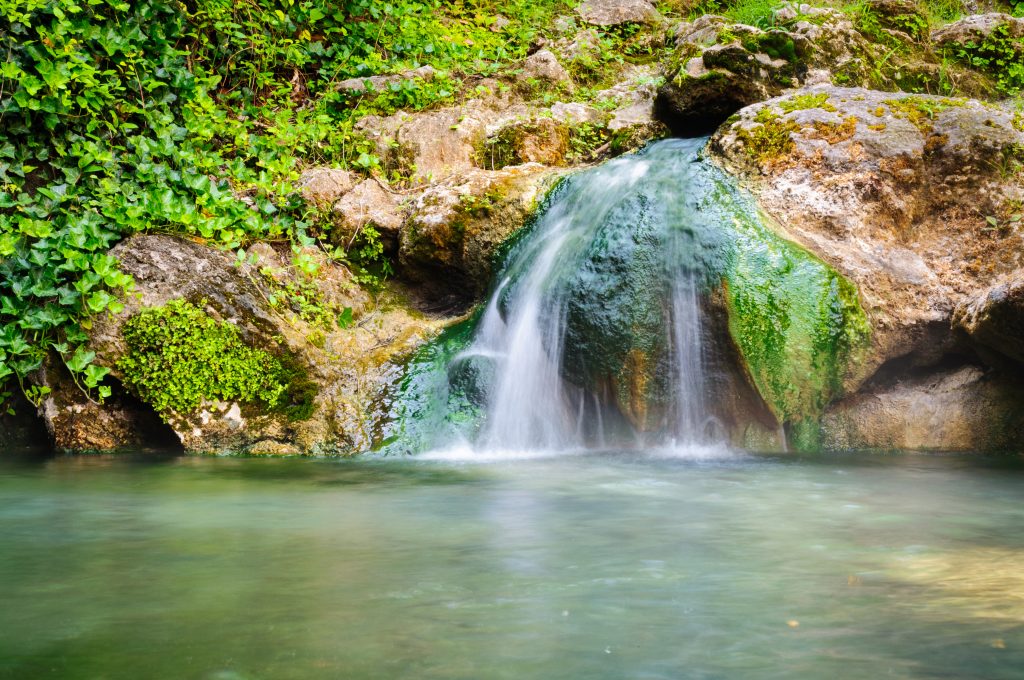
Hot Springs National Park, AR
Federal Acres: 5,026
A visit to Hot Springs should begin and end with a relaxing soak in the thermal springs at one of two bathhouses: the Buckstaff Bathhouse or the Quapaw Bathhouse.
In between, take advantage of the hiking trails in the Park or tour the Park by car or bike, stopping at any one of the six scenic overlooks. The Park’s Gulpha Gorge Campground has campsites that can accommodate both tents and recreational vehicles (RVs) with prior registration on www.recreation.gov/.
Indiana Dunes National Park, IN
Federal Acres: 11,108
Indiana Dunes National Park is a 15-mile park spanning three counties (Lake County, Porter County, and La Porte County) along the southern shore of Lake Michigan. It offers visitors four seasons of activities, from swimming in the summer to cross-country skiing and snowshoeing in the winter, as well as hiking all year long. The Park has two bike trails — Calumet and Porter Brickyard — and opportunities for fishing and boating, birdwatching, and horseback riding on Glenwood Dunes Trails. Overnight camping is available from April 1 through October 31 at the Dunewood Campground and Dunbar Group Site (the latter tent only).
Cuyahoga Valley National Park, OH
Federal Acres: 20,514
The Park had a wide range of activities: biking, hiking, fishing, horseback riding, and canal questing. Enjoy a leisurely paddle on the Cuyahoga River with a canoe or kayak, or experience the Park via the Cuyahoga Valley Scenic Railroad excursion. Winter sports include cross-country and downhill skiing, snowshoeing, snow tubing, and sledding. While the Park does offer RV day parking, no overnight camping is allowed, although the link does include nearby camping options.
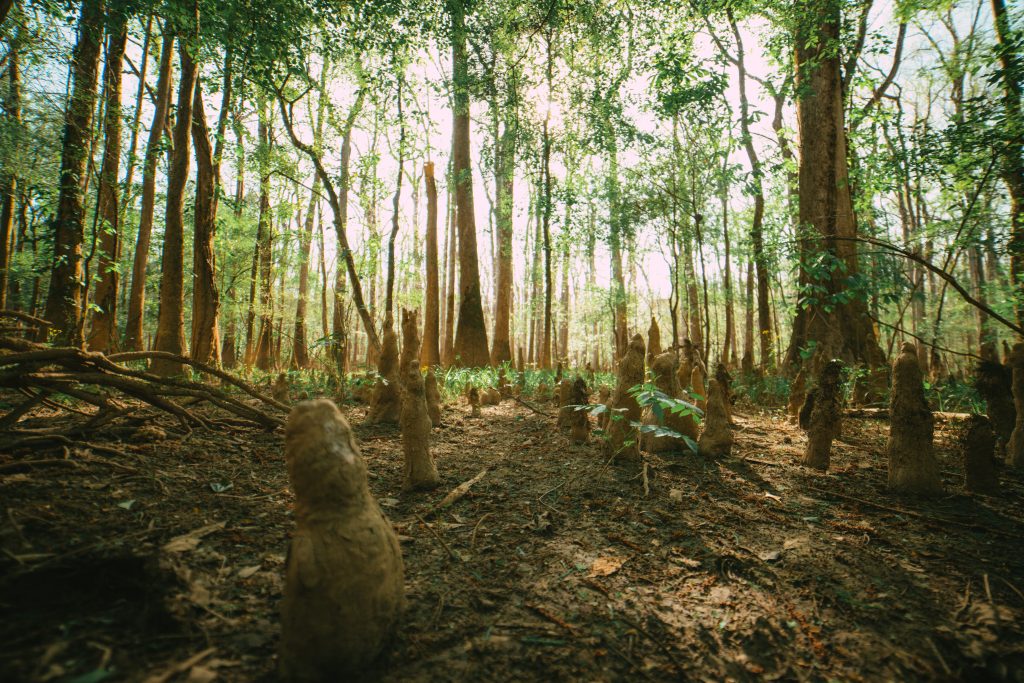
Congaree National Park, SC
Federal Acres: 26,600
Congaree is known for its biodiversity and the largest intact expanse of old-growth bottomland hardwood forest remaining in the southeastern United States, thanks to the Congaree and Wateree Rivers that nourish and rejuvenate this ecosystem. The average canopy height of the Park’s forest is more than 100 feet, with the tallest, the National Champion loblolly pine, coming in at 170 feet and a circumference of more than 15 feet.
Experience the beauty of the Park by canoe or kayak on Cedar Creek, or hike one of the many trails ranging from easy to difficult. Don’t miss the Congaree River Blue Trail: a 50-mile designated recreational paddling trail, extending from the state capital of Columbia, downstream to Congaree National Park. Fishing is permitted with a valid South Carolina fishing license. While only tents and hammocks are allowed in the campgrounds, the South Carolina State Park Service does have state parks that can accommodate RVs and trailers.
Pinnacles National Park, CA
Federal Acres: 26,674
It began 23 million years ago as molten lava and eventually became a unique and rugged landscape dominated by rocky spires for which the Park was named. Two talus caves (Bear Gulch and Balconies) are within the park, the former a home for endangered bats, while mountain lions, hummingbirds, and condors are also among the many diverse species within the Park’s boundaries. If you’re up for a challenge, consider rock-climbing or hiking along the 30 miles of trails that showcase the beauty of the park. Or visit the Park’s west side to view High Peaks from the Chaparral trailhead parking area. Pinnacles Campground, accessible only from the east side of the Park, has tent and group camping as well as RV sites.
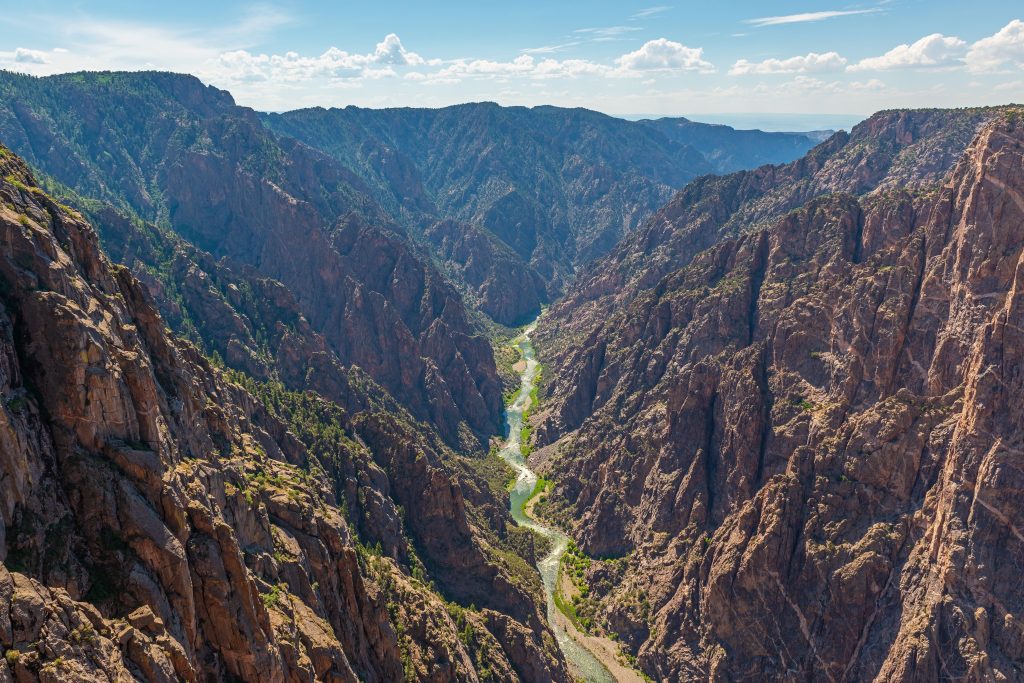
Black Canyon of the Gunnison, CO
Federal Acres: 30,730
Black Canyon has some of the steepest cliffs, oldest rock, and craggiest spires in North America, the product of two million years of work by the Gunnison River and the forces of nature. Hiking trails (from easy to strenuous) are available, and for the adventurous, there’s the inner canyon Wilderness Route (Wilderness Use Permit required). Or take a scenic drive along the South Rim and North Rim roads.
Gunnison River offers fishing aficionados a chance to cast their lines into a Gold Medal Water & Wild Trout Water that offers outstanding angling opportunities for large trout. Or simply enjoy observing various species of wildlife in their native and wild habitat.
Black Canyon has two campgrounds (one on each rim) as well as the East Portal campground at the bottom of the canyon, within the boundary of Curecanti National Recreation Area. Hikers and kayakers may also camp in the Black Canyon of the Gunnison Wilderness Area with a Wilderness Use Permit (restrictions apply).
Wind Cave National Park, SD
Federal Acres: 33,970
Wind Cave is one of America’s oldest national parks and is one of the longest and most complex caves in the world, taking its name from the barometric winds at its entrance. Take a guided tour of the caves, or simply view one of the largest and most well-known naturally formed entrances, which is considered to be the birthplace of the Lakota nation.
Hiking (including pet-friendly hikes), biking, horseback riding, and birdwatching are among the activities to enjoy. Or take the Wind Cave Geology Driving Tour and learn more about the Park’s geologic history. Elk Mountain Campground has tent and RV campsites in both forested and open environments, with backcountry or dispersed camping allowed in the northern part of the park, with a free permit.
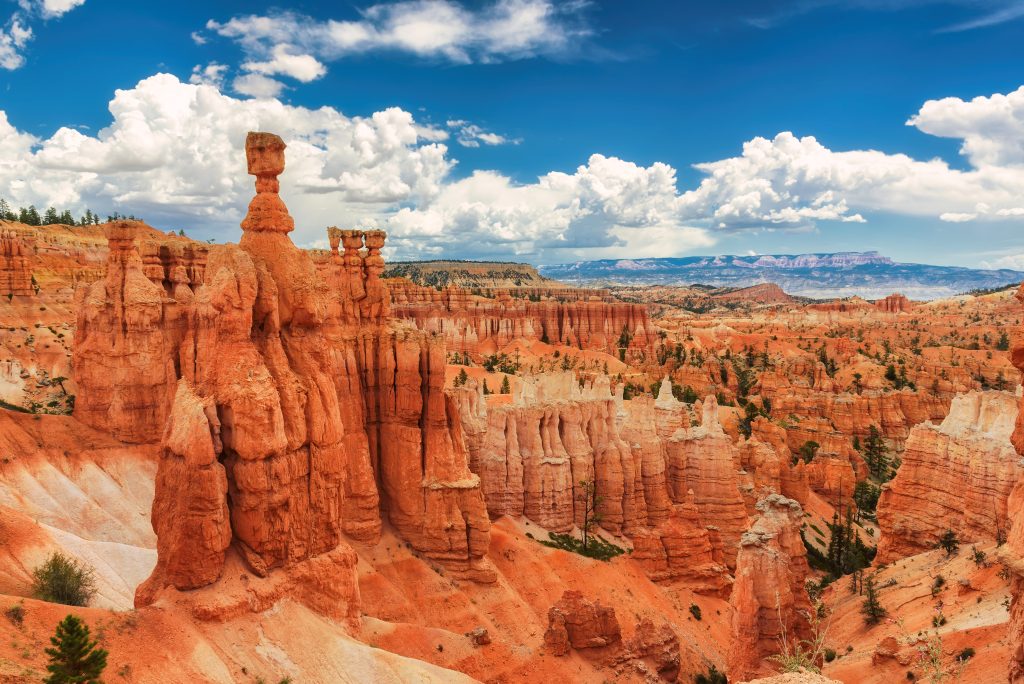
Bryce Canyon National Park, UT
Federal Acres: 35,832
Bryce Canyon is a colorful mix of red rocks and pink cliffs, and its concentration of hoodoos (irregular columns of rock) is the largest on earth. But hoodoos aren’t all the Park has to offer. View the breathtaking landscape while hiking or horseback riding (on your own or with a guided tour).
The 18-mile Shared-Use Path is another option, accommodating pedestrians, leashed pets, cyclists, roller or in-line skaters, longboards, non-motorized scooters, wheelchairs, and in the inter, cross-country skiers. Winter brings a contrast in colors with white snow against red rocks, giving visitors a different view of the environment. The Park also has religious services provided by various denominations. Bryce Canyon National Park has two campgrounds, North and Sunset, located in close proximity to the Visitor Center, Bryce Canyon Lodge, and the main Bryce Amphitheater. Sunset Campground also has a Group Site and two ADA sites for reservation. Be aware that the Park has oversized vehicle parking restrictions in specific areas.
Recent Articles

